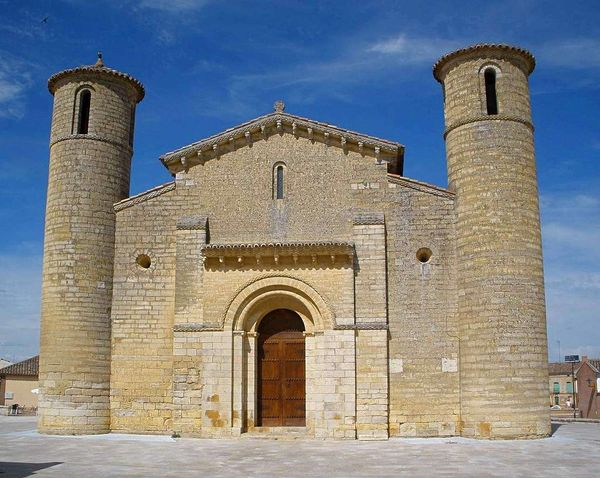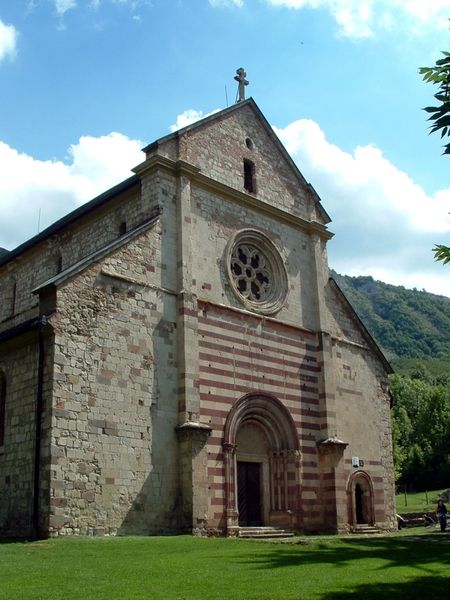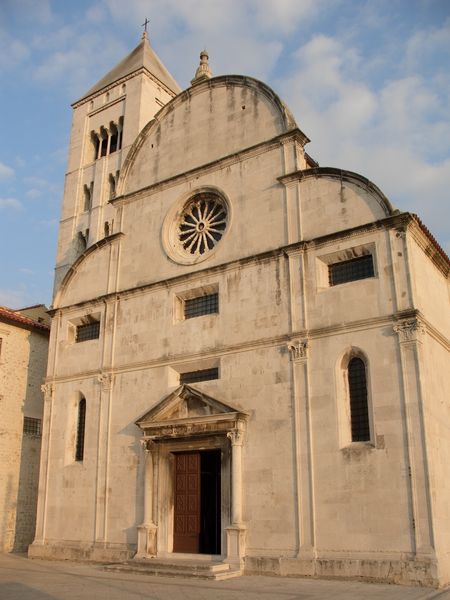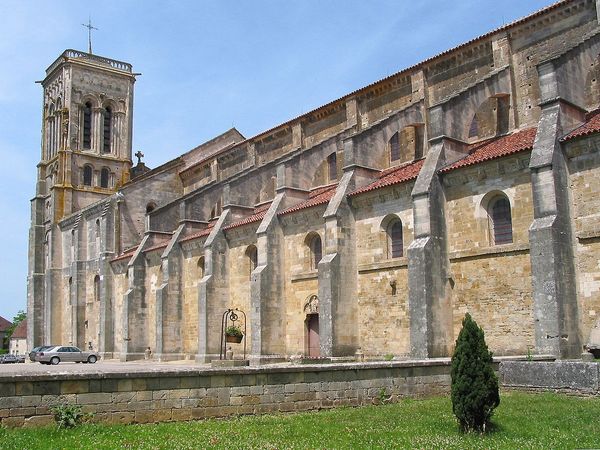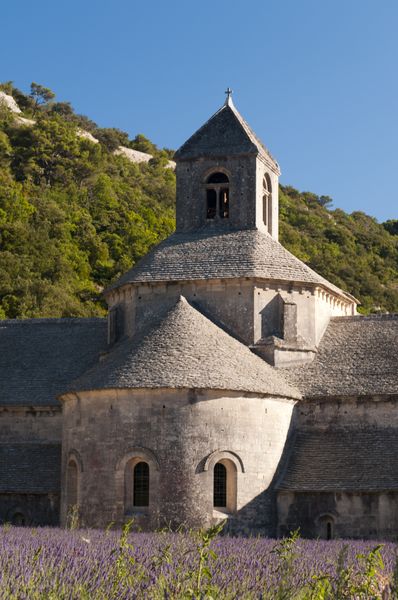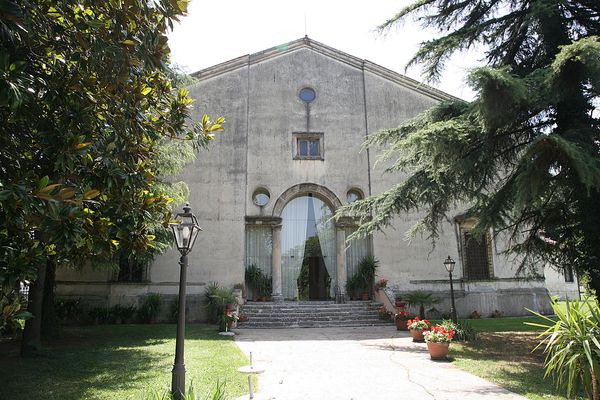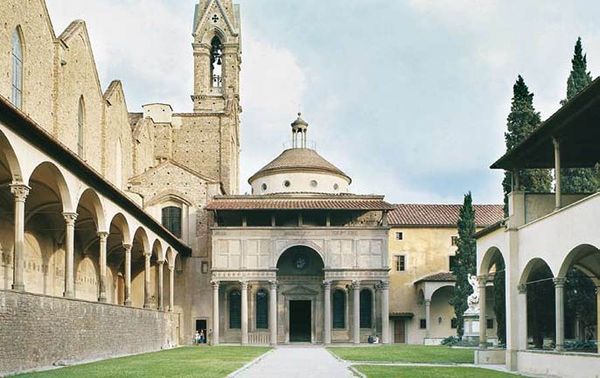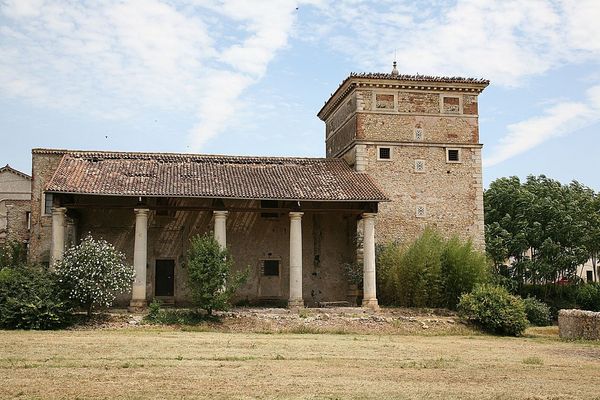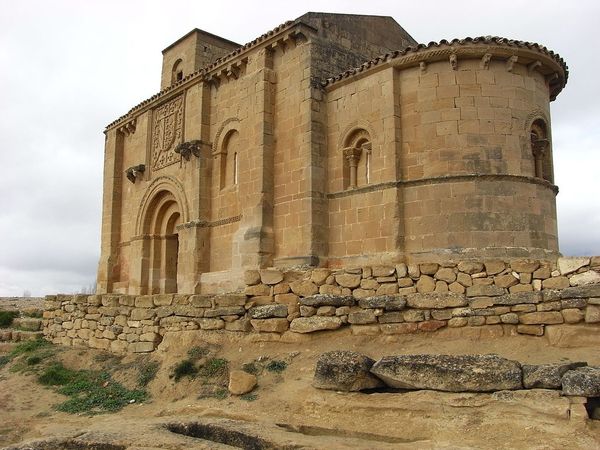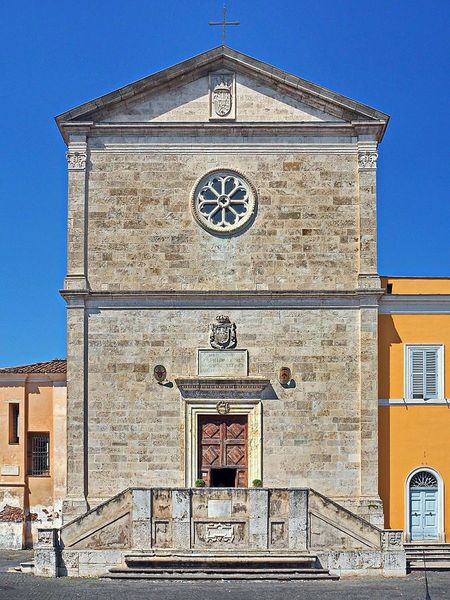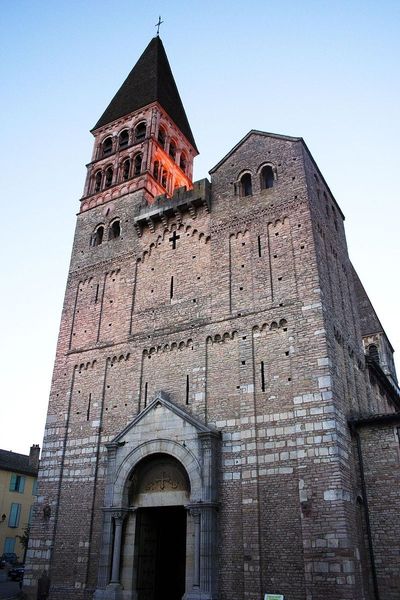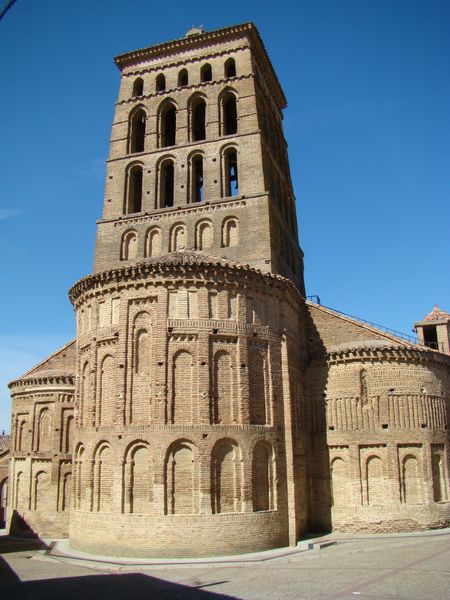
architecture
medieval
landscape
historic architecture
romanesque
architecture
Copyright: Public domain
The Abbey of Sant'Antimo in Italy, built by anonymous Romanesque architects between approximately 1000 and 1250, presents a striking arrangement of geometric forms, robust stonework, and symmetrical balance. The warm, earthy tones of the stone, punctuated by the rhythmic repetition of arched windows, create a sense of serene monumentality. The building's power resides in its architectural structure. The interplay of simple shapes—cylinders, cubes, and rectangular solids—establishes a clear, rational order. This formal clarity echoes a broader cultural desire to impose structure and meaning onto the world. Each element contributes to a harmonious whole, embodying a vision of divine order. The Abbey uses semiotics to convey its religious function and cultural importance through its carefully planned structure. Observe the tension between the solid mass of the stone and the openings that punctuate the walls. This tension between weight and light speaks to the spiritual function of the building, inviting contemplation and reflection. The Abbey is more than just a building; it is a profound statement about structure, faith, and the human quest for meaning.
Comments
No comments
Be the first to comment and join the conversation on the ultimate creative platform.

